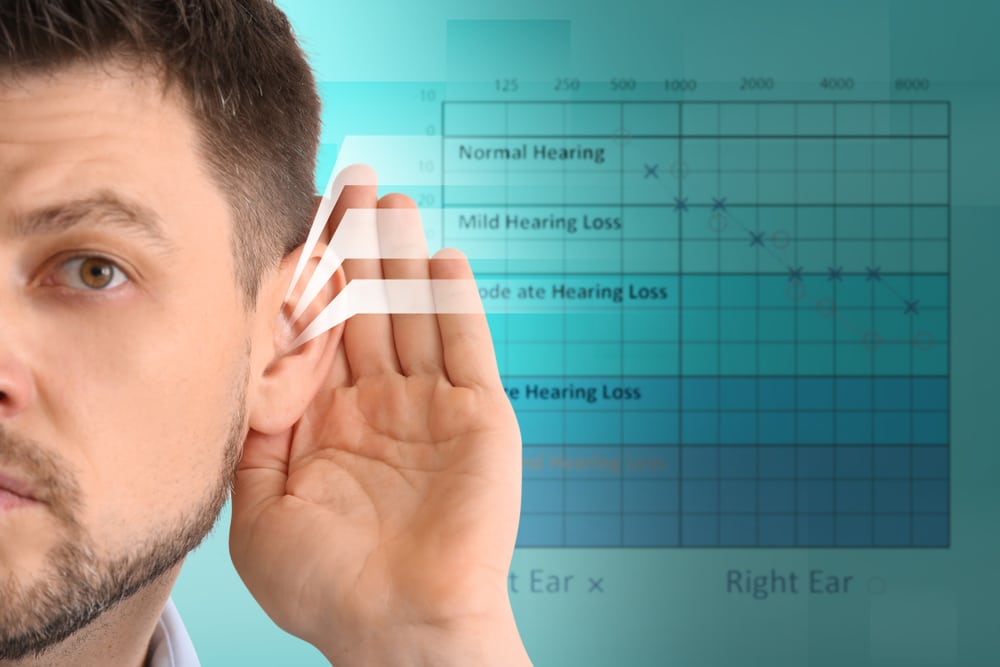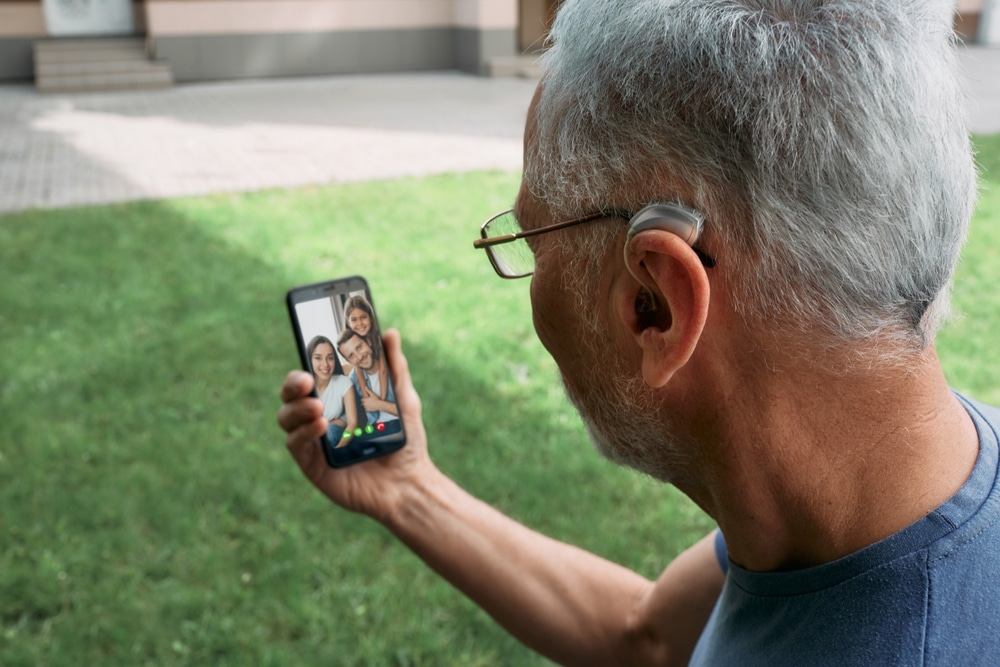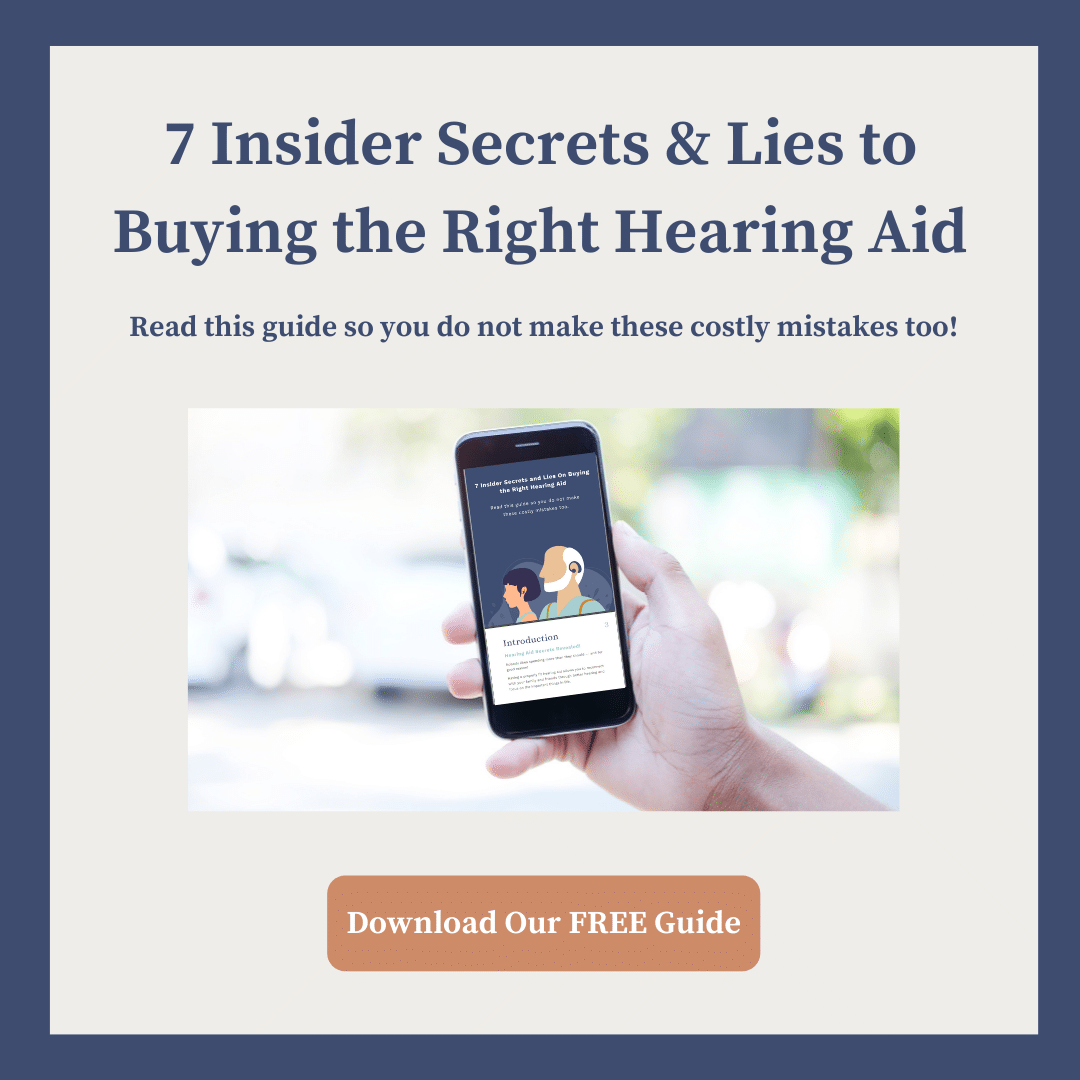Differences in Hearing Aid Types
If you’re getting hearing aids for the first time, you might be surprised to learn that there are many types available based on your individual needs. With these choices can come some confusion about what hearing aid type is right for you. At Hearing Doctors of New Jersey, our Doctors of Audiology will help you find a customized solution so you never say “what” again. Read more about the differences in hearing aid types and styles below.
Hearing Aid Type: In-the-ear (ITE) Hearing Aids
In-the-ear, or ITE, hearing aids are custom fit from an impression taken of your ear to ensure that they fit snugly and comfortably within the ear canal. In-the-ear hearing aids are best if you have moderate hearing loss or greater.
Advantages of ITE style include:
- Low risk of wind noise
- Customized, comfortable fit
Cons of ITE style include:
- Due to its small size, it is not recommended if you have dexterity issues
- Batteries will need to be changed weekly
- Will not connect to your cell phone directly
Hearing aid style: Invisible-in-canal (IIC) and Completely-in-canal (CIC)
Among ITE hearing aids, two subcategories are available: Invisible in the canal (IIC) and completely in the canal (CIC).
Advantages of IIC and CIC include:
- Virtually invisible, fitting deeply within the ear canal
Cons of IIC and CIC include:
- Battery will need to be changed every 3-4 days
- Small removal string attached to the hearing aid can be difficult if you have dexterity issues
Hearing aid style: In-the-canal (ITC) and Low-Profile (LP)
In-the-canal (ITC) and low-profile (LP) hearing aids are essentially the same. These two types of hearing aids fit in the outer part of the ear and are larger overall that IIC or CIC hearing aids.
Advantages of ITC and LP include:
- Larger size is easier to handle
- Typically have a longer battery life
- Due to its larger size, the hearing aid can include more manual controls (ie. Volume and Programs)
Cons of ITC and LP include:
- May make you feel as though your ears are plugged
Hearing aid type: Behind-the-ear (BTE) Hearing Aids
Behind-the-ear (BTE) hearing aids consist of an outer housing which sits behind the ear. This type of hearing aid a better option if you have severe hearing loss. Behind-the-ear (BTE) hearing aids are attached to a custom earmold.
Advantages of BTE include:
- Delivers a lot of power to help you if you have severe hearing loss
- Large battery will last up to 2 weeks
- Rechargeable options are available
- Can be connected to your iPhone and select Android devices
Cons of BTE include:
Hearing aid type: Receiver-in-canal (RIC) and Receiver-in-the-ear (RITE)
Receiver-in-canal (RIC) and receiver-in-the-canal (RITE) hearing aids consist of an outer housing that sits behind the ear connected to a thin receiver which sits in the ear canal.
Advantages of RIC and RITE include:
- Natural sound quality
- Rechargeable batteries
- Can be connected to your iPhone and select Android devices
- Custom earmolds can be made to address different degrees of hearing loss
- If you have a mild to severe hearing loss, you can wear this hearing aid type
- Larger size is easier to handle
Cons of RIC and RITE include:
- Can be awkward to put into your ear initially
- If not fit properly, the hearing aid will not help you hear well
How Do I Choose the Right Hearing Aid Style?
The best hearing aid option for you will depend on your degree of hearing loss, your listening lifestyle, and your own personal preferences. At Hearing Doctors of New Jersey, our proprietary H.E.A.R. MethodTM ensures a customized hearing solution just for you so you will never say “what” again – Guaranteed.
Learn More About Hearing Aids
To learn more about your hearing aid options download our FREE Insider’s Guide on how to finally hear better – NOW.







